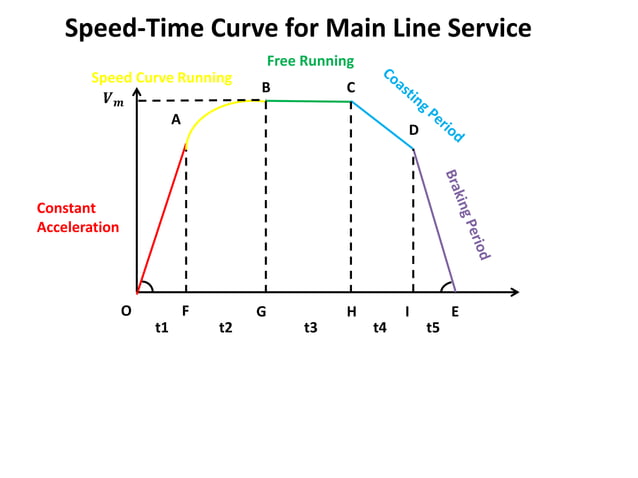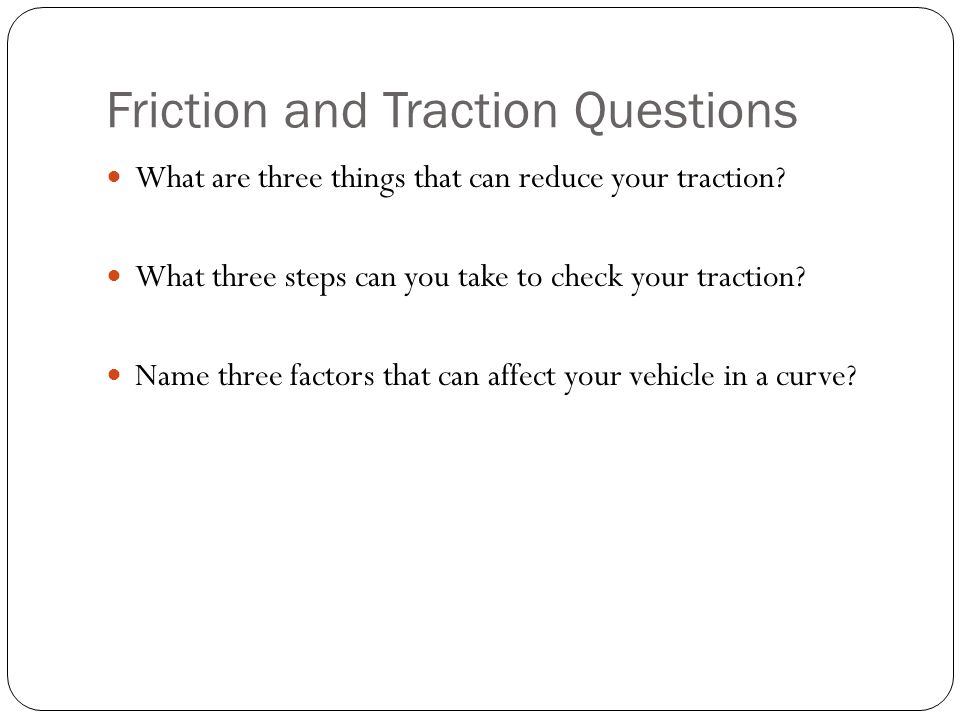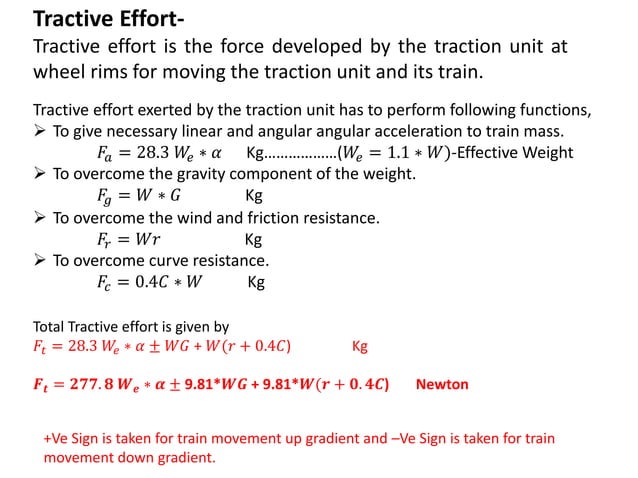Which Factors Most Affect Traction In A Curve

The squeal of tires, the sickening slide, the heart-stopping moment when control is lost – these are the hallmarks of insufficient traction in a curve. For drivers, understanding the forces at play is critical for safety. Scientists and engineers are constantly working to refine our knowledge of traction, aiming to improve vehicle design and driver education.
At the heart of maintaining control while navigating a curve are several key factors that dictate the available traction. These elements encompass everything from the vehicle's mechanical attributes to the environmental conditions and even the driver's behavior. Understanding and managing these factors is paramount for preventing accidents and ensuring safe, efficient maneuvering. This article will delve into the most significant contributors to traction in a curve, drawing on expert insights and scientific data to provide a comprehensive overview.
The Tire-Road Interface: A Critical Partnership
The most immediate factor affecting traction is the interface between the tire and the road surface. This is where the rubber meets the road, literally, and the quality of this connection determines the maximum force that can be transmitted.
Tire Compound and Condition
The tire compound plays a crucial role. Softer compounds generally offer better grip, especially in dry conditions, as they conform more readily to the road's texture. However, they also tend to wear out faster. Worn tires, with reduced tread depth, significantly diminish traction, especially in wet conditions, as they are less effective at channeling water away from the contact patch.
Road Surface
The road surface itself is equally important. A smooth, polished surface offers less grip than a rougher one. Different types of asphalt and concrete offer varying levels of traction, and the presence of contaminants like oil, water, or ice drastically reduces the coefficient of friction. Organizations like the Federal Highway Administration (FHWA) study road surface characteristics extensively to optimize road safety.
Vehicle Dynamics: Weight, Suspension, and Balance
A vehicle's design and mechanical systems also contribute significantly to traction. These factors influence how weight is distributed and how the tires interact with the road under dynamic conditions.
Weight Distribution
Weight distribution affects how much force each tire can exert before losing traction. A vehicle with a more balanced weight distribution generally handles curves better than one with a significant weight bias, such as a heavily loaded truck. Shifting weight during cornering further complicates this, emphasizing the importance of suspension.
Suspension System
The suspension system plays a vital role in maintaining tire contact with the road. A well-designed suspension allows the tires to follow the contours of the road surface, maximizing the contact patch and maintaining traction, even on uneven surfaces. Advanced suspension technologies, such as adaptive dampers and active roll control, can further enhance traction by dynamically adjusting to changing conditions.
Environmental Factors: Weather's Unseen Hand
Environmental conditions are perhaps the most unpredictable and challenging factors affecting traction. Rain, snow, ice, and even temperature can dramatically alter the available grip.
Wet Conditions
Water on the road surface significantly reduces traction. The water layer between the tire and the road prevents direct contact, leading to hydroplaning. Tires with adequate tread depth are essential for channeling water away and maintaining grip. The National Weather Service (NWS) provides valuable information regarding road conditions that can impact driving safety.
Ice and Snow
Ice and snow present the most extreme challenge to traction. The coefficient of friction on ice can be as low as 0.05, making it extremely difficult to maintain control. Specialized tires, such as snow tires with aggressive tread patterns and studded tires, are designed to improve traction in these conditions. However, even with these tires, driving on ice and snow requires extreme caution.
Temperature
Temperature also affects tire compound properties. Cold temperatures can cause tire compounds to stiffen, reducing their ability to conform to the road surface and decreasing traction. Conversely, extremely hot temperatures can cause tires to overheat, leading to reduced grip and increased wear. Proper tire pressure is crucial for maintaining optimal performance across a range of temperatures.
The Driver's Influence: The Human Element
Ultimately, the driver plays a critical role in managing traction. Smooth, controlled inputs and an understanding of vehicle dynamics are essential for safe cornering.
Speed and Steering
Excessive speed is a major contributor to loss of traction in curves. As speed increases, the forces acting on the vehicle also increase, exceeding the available grip. Abrupt steering inputs can also overwhelm the tires, leading to a loss of control. Gradual steering inputs and careful speed management are crucial for maintaining traction.
Braking and Acceleration
Sudden braking or acceleration while cornering can also disrupt traction. These actions shift weight and can overload the tires, causing them to lose grip. Smooth, progressive braking and acceleration are essential for maintaining stability. Many modern vehicles are equipped with electronic stability control (ESC) systems, which automatically intervene to prevent loss of control by applying brakes to individual wheels and reducing engine power.
The future of traction control lies in advanced driver-assistance systems (ADAS) and autonomous driving technologies. These systems use sensors and algorithms to monitor vehicle dynamics, road conditions, and driver inputs, providing real-time adjustments to maximize traction and prevent accidents. Ongoing research and development in areas like sensor technology, artificial intelligence, and vehicle dynamics are paving the way for safer and more efficient transportation.
Ultimately, understanding the factors that affect traction in a curve is essential for every driver. By being aware of these factors and adjusting driving behavior accordingly, drivers can significantly reduce the risk of accidents and ensure safer journeys for themselves and others. The ongoing research and development in vehicle technology and infrastructure promise to further enhance traction control and improve road safety in the years to come.


















